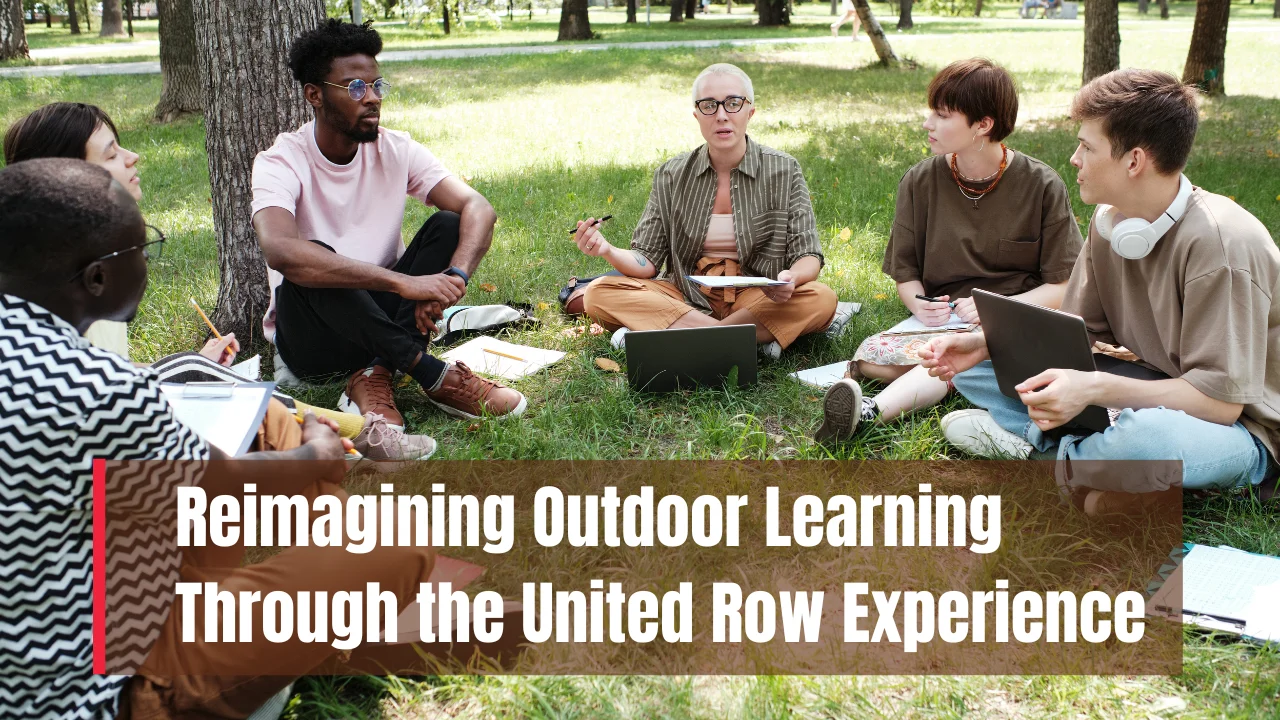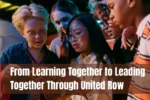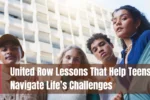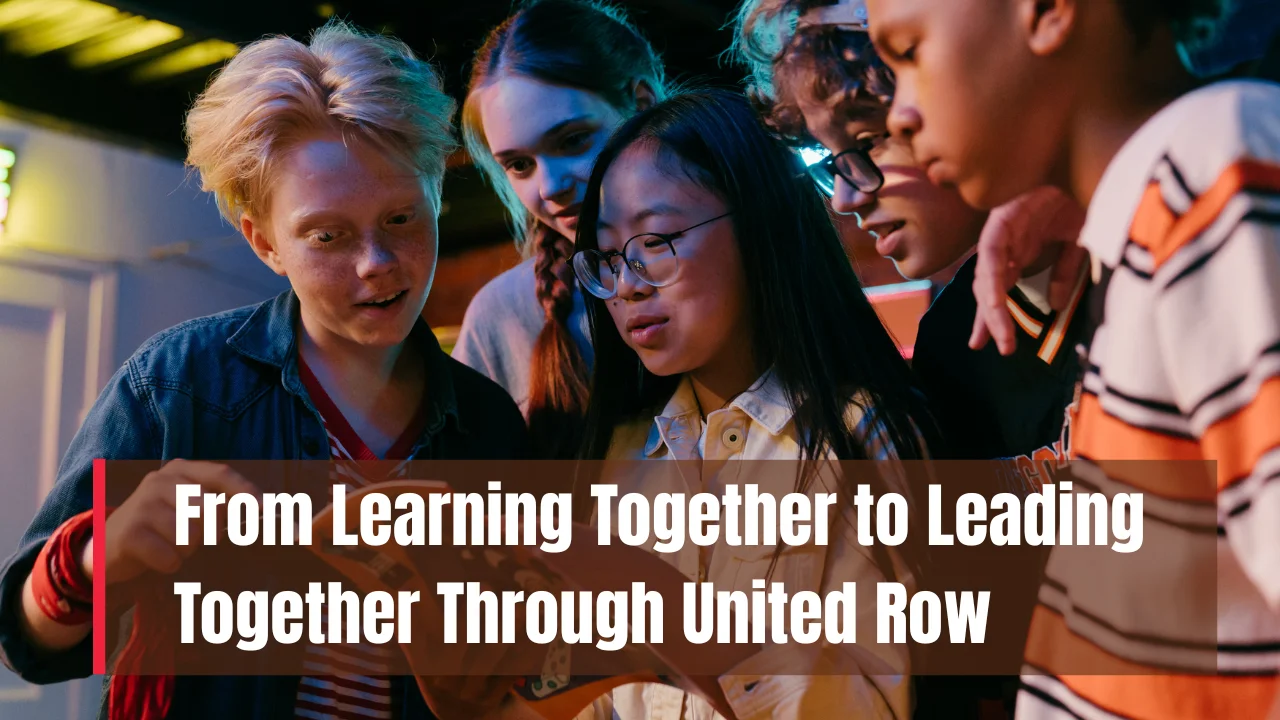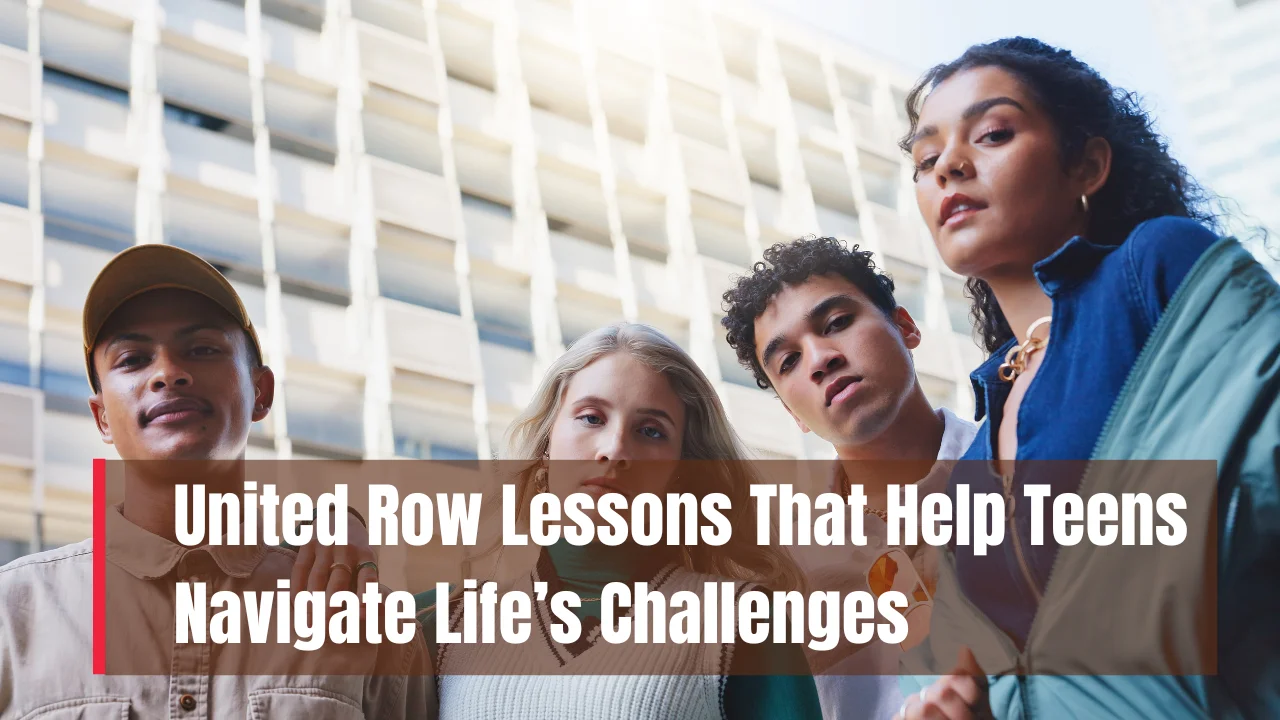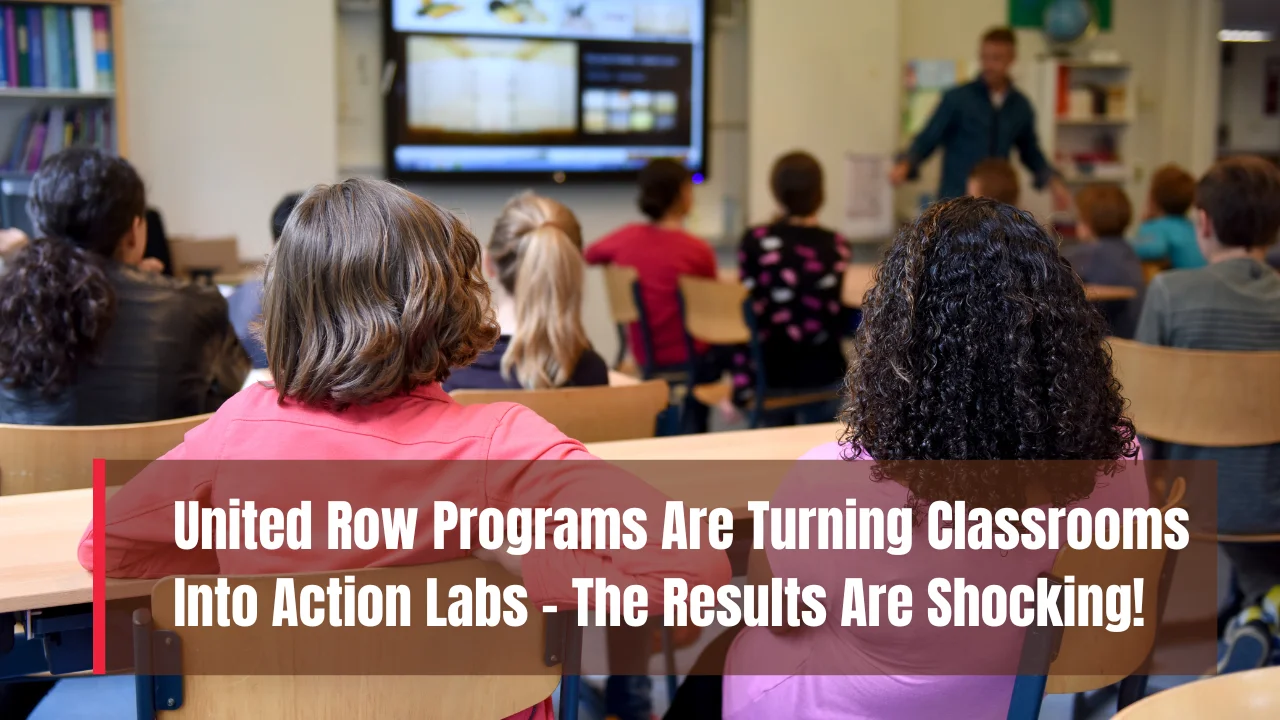Outdoor Learning: Outdoor learning is rapidly reshaping how we understand education. As more educators and institutions look beyond the walls of traditional classrooms, there is a growing appreciation for learning that happens in natural environments. These settings offer more than just a change of scenery — they provide real-life experiences that help students grow intellectually, emotionally, and socially.
This article explores how the United Row experience offers a powerful example of what outdoor learning can look like in action. By examining the unique elements of this journey, we’ll dive into how it develops resilience, encourages teamwork, and fosters critical thinking. Whether you’re an educator, parent, or student, you’ll gain insights into how outdoor learning can be applied meaningfully and inclusively in today’s educational landscape.
The Power of Outdoor Learning in Modern Education
Outdoor learning is more than just field trips and fresh air. It involves structured, purposeful activities that use nature as a classroom. When education meets adventure, as seen in the United Row experience, it becomes a dynamic process of discovery, problem-solving, and personal growth. From building leadership skills to improving mental well-being, the benefits of learning outdoors are undeniable. It helps students develop a deeper connection with their surroundings while equipping them with essential life skills that aren’t always found in textbooks.
Overview of the United Row and Outdoor Learning Impact
| Key Element | Description |
| Learning Beyond Classrooms | Uses natural environments as active learning spaces |
| Real-World Skill Building | Promotes leadership, communication, and problem-solving |
| United Row Expedition | A journey combining physical endurance and mental focus |
| Physical and Emotional Resilience | Encourages self-reliance and mental strength through natural challenges |
| Inclusion and Accessibility | Can be adapted for different age groups and abilities |
| Teamwork and Collaboration | Requires group coordination, shared goals, and mutual support |
| Practical Application in Schools | Activities like hiking, camping, and navigation used to mirror outdoor learning |
| Connection to Nature | Builds environmental awareness and responsibility |
The Rise of Outdoor Learning
As digital tools dominate the classroom, many educators are realizing that students need more than screens to thrive. Outdoor learning answers this need by offering hands-on, experience-based education that brings concepts to life. It creates space for curiosity, risk-taking, and sensory engagement — aspects often missing in indoor settings.
The rise of environmental education, mental health awareness, and experiential learning has brought outdoor learning to the forefront. Activities like team-building exercises, nature walks, and environmental projects help students make connections between academic content and the real world. This approach not only improves academic performance but also enhances overall student well-being.
What Is the United Row Experience?
The United Row is an intense physical journey that involves teams rowing across large bodies of water, often facing extreme weather, sleep deprivation, and unpredictable conditions. But it’s more than just a physical challenge — it’s a living lesson in leadership, endurance, and unity.
By navigating through vast stretches of open sea, participants are constantly problem-solving, communicating, and relying on one another to reach their destination. These qualities mirror what outdoor learning aims to teach: critical thinking, collaboration, and adaptability. The United Row experience exemplifies how learning in real-world, outdoor settings can build confidence and life skills that last far beyond the journey itself.
Educational Value of United Row
The United Row experience aligns naturally with core educational goals. It encourages strategic thinking, emotional regulation, and decision-making under pressure. Unlike traditional classroom tests, the challenges faced in the row are unpredictable and demand immediate responses, which prepares students for real-life problem-solving.
Students engaging in similar outdoor activities learn goal setting, risk assessment, time management, and conflict resolution. These are key life skills that are hard to cultivate through lectures or worksheets. The immersive nature of outdoor learning fosters deeper engagement, allowing students to take ownership of their growth and learning process.
Key Benefits of Outdoor Learning
- Boosts Mental Health and Focus: Natural environments have been shown to reduce anxiety and increase attention spans, supporting emotional and cognitive development.
- Encourages Collaboration and Communication: Outdoor tasks often require group planning, shared decision-making, and clear communication, helping students build strong interpersonal skills.
How Schools Can Apply the Concept
You don’t need oceans or rowing boats to embrace the spirit of United Row. Schools can adopt its principles through smaller but equally meaningful local projects. Nature-based education can take place in school gardens, parks, or even community spaces with simple activities that challenge students mentally and physically.
Examples include group orienteering, outdoor science experiments, survival skills workshops, and eco-projects. These activities teach the same values — resilience, cooperation, planning, and observation. Teachers should also build in time for reflection, allowing students to connect what they’ve learned with their broader educational goals. Structured discussions, creative writing, or presentations can help cement the experience.
Building Resilience Through Challenge
One of the standout lessons from the United Row is the development of grit. Students who experience physical or mental struggle in outdoor tasks build a deep sense of perseverance. They learn to overcome fear, manage uncertainty, and stay committed to their goals — even when things get tough.
Outdoor learning introduces challenges that don’t come with step-by-step guides. Whether it’s building a shelter, navigating a trail, or completing a team task under time pressure, these moments push students out of their comfort zones. Overcoming such challenges helps them build internal strength and trust in themselves.
Making Outdoor Learning Inclusive
Effective outdoor education should be accessible to all students. Inclusivity means planning for diverse needs, whether physical, cultural, or financial. Educators should be intentional about choosing activities that all students can participate in, and offer flexible roles within group settings so everyone contributes meaningfully.
Schools can start with small steps like short local nature walks, inclusive games, or mixed-ability group tasks. The emphasis should be on participation, creativity, and connection, not just competition or physical ability. When designed thoughtfully, outdoor learning can break down barriers and open new paths for every learner.
Final Thoughts
The United Row experience serves as a bold reminder of what learning can become when it steps outside the traditional mold. It shows us that some of the most powerful lessons happen not in classrooms, but in nature, under real pressure, and through shared challenge. Outdoor learning taps into the full potential of students, helping them discover their strengths, understand their limits, and grow as individuals and teammates.
As education continues to evolve, it’s time to give outdoor learning the recognition it deserves. It’s not an extra or luxury — it’s a vital part of holistic education that prepares students for life. Whether you’re an educator, parent, or policymaker, now is the moment to support this shift. Reimagine what’s possible when we trade desks for trails, and textbooks for teamwork.
FAQs
It’s a method of teaching that takes place in outdoor settings, using real-life experiences to build academic, social, and emotional skills.
Yes, with proper planning and support, outdoor learning can be inclusive and beneficial for students of all backgrounds and abilities.
No, it benefits all age groups, from early childhood through secondary and even higher education, with age-appropriate activities.
Not necessarily. Many activities can be done using basic resources or natural materials, making it cost-effective and sustainable.
Ideally, outdoor learning should be a regular part of the curriculum, not just a yearly event. Even weekly or monthly sessions can make a big difference.
